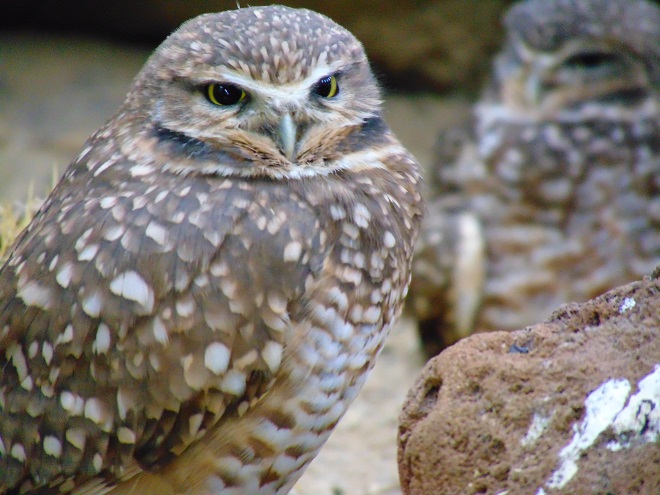Back in late May of 1983, four members of the Lancaster County Bird Club—Russ Markert, Harold Morrrin, Steve Santner, and your editor—embarked on an energetic trip to find, observe, and photograph birds in the Lower Rio Grande Valley of Texas. What follows is a daily account of that two-week-long expedition. Notes logged by Markert some four decades ago are quoted in italics. The images are scans of 35 mm color slide photographs taken along the way by your editor.
DAY TWELVE—June 1, 1983
“KOA Hammond, LA”
“We stopped early today — About 2:30 P.M. Cleaned the interior of the camper, washed the windows, and put everything where it belonged. The windshield was a buggy mess. Had supper according to the menu. Took pictures of the place. Had a shower. Loafed all evening.”
After being on the go for twelve to sixteen hours a day for more than a week, it was nice to catch up on our “housekeeping”, field notes, and rest. The campground, which was yet another nearly empty one, had an in-ground pool, so I decided to go for a swim. As I went through the gate, I noticed that the water was a little bit dull, not sparkling clear as if treated by the usual dose of chemicals. Upon getting closer, I could see what looked like a layer of mulm at the bottom of the pool, similar to the detritus and waste that accumulates atop the substrate in an otherwise clear aquarium tank. Needless to say, I postponed the swim. Later, when we happened to be in the office, I asked the owners about the pool and was momentarily puzzled when they told us that the entire campground had been flooded last month. This was at first surprising because no stream, creek, or river was in sight, but the land is so flat and the elevation so uniform in southwestern Louisiana that a couple of feet of water can inundate miles and miles of these lowlands. As on a beach or on a delta, building anything of value in a floodplain is risky business.
On June 2, we resumed our drive, then spent the night at the KOA campground in Sweetwater, Tennessee, at the same accommodations we visited while southbound on May 21. There, I finally had my refreshing swim. By the following evening, June 3, we had arrived back in Lancaster County, Pennsylvania. During the trip from the Brownsville Airport to Lititz, Pennsylvania, the odometer had registered 1,945 miles.
This then, prompted and fortified by the notes kept by Russ Markert, have been your editor’s recollections from his ever-evaporating river of memories of an adventure forty years gone. I hope you’ve enjoyed this modern-style slide show describing our journey to the Lower Rio Grande Valley. I’m grateful to each of my traveling companions for inviting me to share this experience with them and am equally glad to have had the opportunity to share the story of our trip with you.
If traveling to see the wildlife and plant communities of south Texas seems like something that might interest you, I strongly urge you to go. Many more tropical species, including native parrots, are now found north of the border and the opportunity to see vagrants is still better there than anywhere else in the country. The hundreds of species of butterflies and the spectacular migrations of the Neotropical birds that nest here in the the higher latitudes make it a place you need to visit at least once in a lifetime. The cooler months of the year can be a comfortable time to make the trip. You’ll see wintering birds from both eastern and western portions of the United States and Canada, some in numbers that might amaze you.
If the Lower Rio Grande Valley is something outside your means, then may I suggest a visit to ZooAmerica in Hershey, Pennsylvania. The theme of the collection is North American wildlife and the self-guided tour is organized by regional habitat types including the southern swamps and the southwestern deserts and scrubland. Some of the animals we saw on our expedition, and some that we missed, are among the species under their care.


That’s it folks. Until next time, adiós amigos.
IN MEMORIAM
J. E. Russel Markert (1912-1984)
Harold B. Morrin (1924-2012)
Steven J. Santner (1948-2021)
